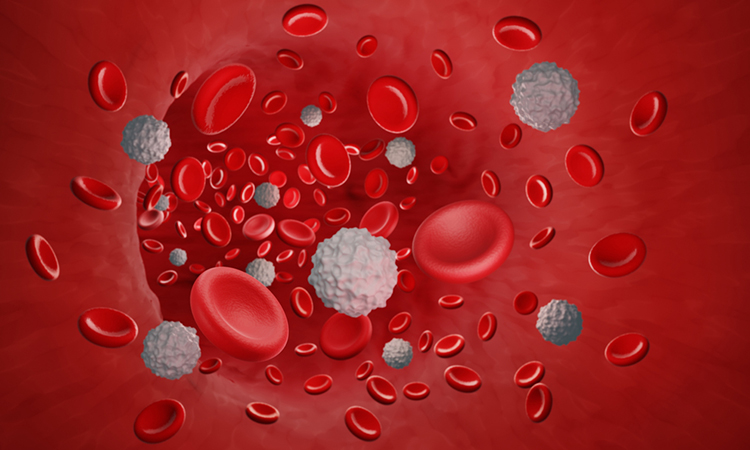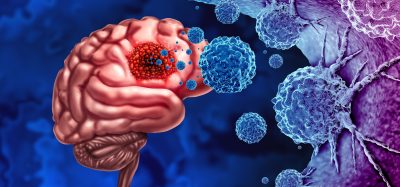Researchers discover new compounds to potentially combat leukaemia
Posted: 19 July 2022 | Victoria Rees (Drug Target Review) | No comments yet
Researchers from the US have identified several new small molecules that can induce mitophagy in leukaemia cells.


Researchers from Rice University and the University of Texas MD Anderson Cancer Center, both US, have discovered potential new drugs that work in concert with other drugs to combat leukaemia. While the potential drugs are years away from being tested in cancer patients, a recently published study in the journal Leukemia highlights their promise.
In previous studies, researchers from Rice and MD Anderson screened around 45,000 small molecule compounds to find a few that targeted the mitochondria. In the new study, they chose eight of the most promising compounds, identified between five and 30 closely related analogues for each and conducted tens of thousands of tests to systematically determine how toxic each analogue was to leukaemia cells, both when administered individually or in combination with existing chemotherapy drugs.
“One of the big challenges was to establish optimal conditions and doses for testing on both cancer cells and healthy cells,” said study lead author Svetlana Panina, a researcher at the University of Texas at Austin who conducted the research during her postdoctoral studies at Rice. “The results from our previously published cytotoxicity assay were helpful, but very little is known about these small molecule compounds. None of them had been thoroughly described in other studies and we had to essentially start from scratch to determine how much to use, what they do in cells, everything. All the doses and treatment conditions had to be adjusted by multiple preliminary experiments.”
The team showed that the eight compounds targeted the mitochondria by inducing mitophagy. They highlight that during times of extreme stress, cells can temporarily forgo mitophagy to get an emergency energy boost. Cancer is notorious for hijacking these sorts of programmes to fuel pathological growth. The researchers reasoned that mitophagy-inducing drugs might weaken leukaemia cells and make them more susceptible to chemotherapy.
“We found that six of the eight small molecule compounds were deadly to leukaemia cells. We then wanted to study them more in depth. So we looked at closely related molecules and we looked at combinations,” said Rice Associate Professor Natasha Kirienko, the corresponding author of the study. “There is a number called synergy coefficient that quantifies interactions between drugs. If the coefficient is negative, the drugs are antagonistic and work against one another. Zero means no effect and positive numbers indicate positive interactions. Anything above 10 is considered synergistic.”
The team’s experiments showed several mitophagy-inducing compounds were significantly more synergistic with doxorubicin, a currently prescribed drug combination for leukaemia. The most synergistic, a compound called PS127B, had a coefficient of 29.
The scientists started by testing the toxicity of their mitophagy-inducing compounds and combinations against acute myeloid leukaemia (AML) cells. They then tested the six most effective AML-killing compounds against other forms of leukaemia and found five were also effective at killing acute lymphoblastic leukaemia (ALL) cells and chronic myelogenous leukaemia (CML) cells. Control studies found all the mitophagy-inducing drugs caused far less harm to healthy cells.
In their final experiments, the researchers tested one of the most effective mitochondria-targeting compounds, PS127E, using a cutting-edge technique called a patient-derived xenograft (PDX) model. PDX tests on one compound, PS127E, showed it was effective at killing AML cells in mice.
“Although this is very promising, we are still some distance from having a new treatment we can use in the clinic,” Kirienko said. “We still have a lot to discover. For example, we need to better understand how the drugs work in cells. We need to refine the dose we think would be best and perhaps most importantly, we need to test on a wide variety of AML cancers. AML has a lot of variations and we need to know which patients are most likely to benefit from this treatment and which are not. Only after we have done that work, which may take a few years, would we be able to start testing in humans.”
Related topics
Drug Leads, Hit-to-Lead, Oncology, Screening, Small Molecules
Related conditions
Acute lymphoblastic leukaemia (ALL) cells, acute myeloid leukaemia (AML), chronic myelogenous leukaemia (CML), Leukaemia
Related organisations
Rice University, University of Texas MD Anderson Cancer Center
Related people
Associate Professor Natasha Kirienko, Svetlana Panina








